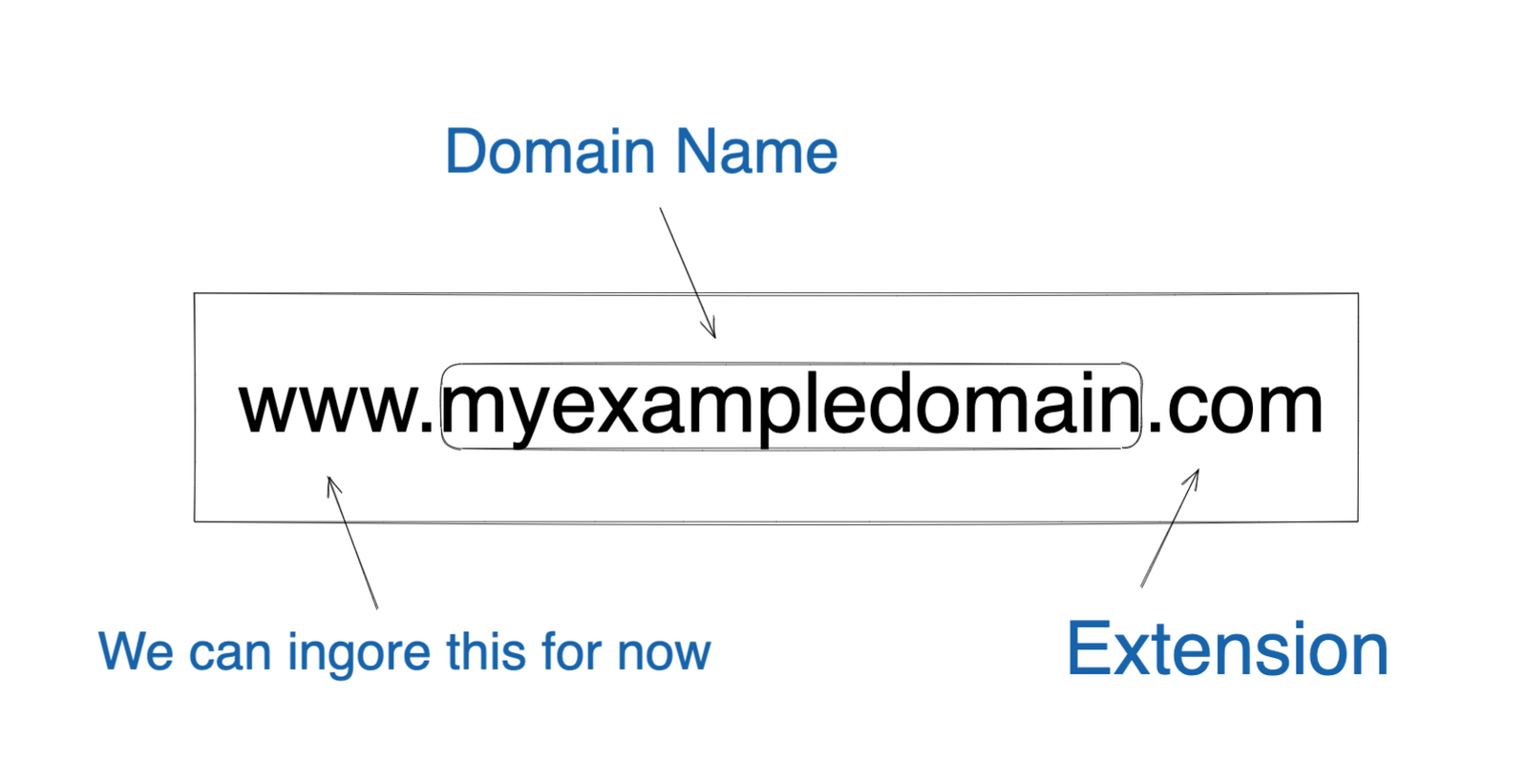The 4 Step Guide To Starting A Domain Flipping Business
Have you ever heard about the concept of flipping? You might have heard about flips where people buy houses for cheap, renovate them and sell them at a higher price, banking a small (or big) profit in the process. The concept of flipping, in theory, is quite simple. Much like house flipping, it follows the usual principle of "buy, improve, sell". People flip all kinds of things, from houses to old furniture that they found on the side of a street.
What is Domain Flipping?
In the digital age, this flipping process extends beyond physical assets to websites and domains - and that is exactly what we are going to cover today.
For those of our readers who aren't very tech-savvy, let us start with what a domain actually means. A domain is simply the name that you put in your web browser when you want to reach a website. For Facebook, their domain name is simply 'facebook' (www.facebook.com)

Flipping domains is easier than it sounds, all you need is access to the internet, a little to buy a new domain and the ability to think of creative names that other people might be willing to pay for. However, the process itself is not always that simple. You might be able to sell your domain the next day, but you might also have to sit on it for 6 months before you find a buyer. Go in prepared with the mindset that you will probably not get rich quick or overnight (this is a destructive mindset to begin with, not just in domain flipping but across any venture you might decide to pursue).
Web domains are traded, much like stocks and real estate, in an open marketplace. Let's look at the process of domain flipping in a little more detail.
Step 1: Finding a suitable domain to buy
The first thing you need to do is find a domain that is worth buying. The best domains lie in the conjunction of providing the most value while at the same time being cheap for the value they do provide. These are the ones that promise the highest returns on investment. When it comes to choosing an appropriately high-value name, we've outlined some tips below that you should keep in mind.
- Make sure that the name is easy to remember
Try to keep your domain as easy to remember as possible. A domain that is a group of readable English words that make sense can be really high value. Try to steer clear of symbols (don't use hyphens) and numbers. These diminish the value of your domain significantly - Where possible, go for the .com
Domain extensions come in all shapes and sizes. As more and more extensions become available, some are even gaining traction. For example, .io is quite popular with tech startups and domains related to technology in general. Country specific domains extensions (like .co.uk for the United Kingdom and .co.in for India) are also quite popular and can be good for businesses that operate locally. However, for beginners, it is recommended to stick to .com because of the universality of the extension. You can't go wrong with a .com! - Use automated naming tools for some inspiration
There are tons of autogeneration tools out there that can help you in your search for a brandable domain name. I particularly like to use Namelix, a tool that uses AI to generate brand-able business names. You can modify your settings to only include names that have a .com domain extension available. Obviously, not all generated names will be your next big lottery ticket, but if you have a sharp eye to sift through the noise you might just be able to find yourself a winner. - Expired Domains - Our Number One Favourite place to find winning domains!
Expired domains are those which were in use previously but their owners no longer wish to renew them. When these domains expire (i.e. the owners do not buy them again once their ownership cycle has ended), then the domain registrar (for example GoDaddy or NameCheap) will usually give them a grace period (this could be anywhere from 30 to 90 days). After the grace period is over, other buyers who have been watching that domain can swoop in and buy it. This process is known as Domain drop catching and is one of the most common strategies in domain flipping. Websites such as Just Dropped and Fresh Drop are great places to get some expired domains. These expired domains can also often be cheaper than regular domains because their owner does not want them anymore.
Once you have what you think is a winner, make a note of it, but don't buy it just yet!
Step 2: Figure out the value of your domain
This is a very crucial step in your domain flipping journey, and possibly the one part that takes the longest to master. Once you have a budget-friendly domain you could potentially buy, you should take some time to figure out how much it could be worth. There are a number of valuation tools out there that can help you in this process, but nothing beats independent research and experience, especially when it comes to finding brand-able names like Google and Yahoo.
- Take a look at historic prices for your domain. How much have similar domains been sold for in the past? NameBio is a good resource for this
- Use tools such as GoDaddy's Domain Value Appraisal Tool or EstiBot to get a rough estimate of what your domain could be worth
- Remember! Independent research is your best friend - study and trusts your knowledge and experience
Step 3: Register your Domain
Once you've done your due diligence and are satisfied with your domain choice, you can register it. This is usually a straightforward process, depending on your domain provider of choice.
If you have not chosen an expired domain, you can straight away register on GoDaddy and NameCheap which are our domain registrars of choice, because of their ease of use, low fees and customer support.
Step 4: Find a buyer and Profit!
Finding a buyer for your domain can be the longest step in this entire process, simply because of the variability of the time, it takes to find a buyer. While you can reach out to potential buyers by looking at directories and listings, the easiest way to sell a domain name is by using domain marketplaces. There are so many different domain marketplaces for you to choose from, the most popular ones being GoDaddy and Flippa (which I recommend) which get thousands of sellers and buyers every day. The issue with going down this route is that sometimes they can charge quite a high commission so be sure to read the policies of whichever domain you do end up choosing. Some other domain marketplaces are Sedo and BrandBucket.
Some Bonus Tips
- Whois Registration
When you register a domain, you can choose to keep your Whois info private. This means that nobody will be able to see your name and contact details in the whois registry. However, you can choose to opt-out of this in order to be as accessible as possible. If you opt-out of whois privacy, people who want your domain can look up your contact info if they become interested in your domain - effectively bringing your customers to you. - Content Setup
Websites like Flippa have different categories of digital assets that you can sell. These include domain names, entire websites, and domains with landing pages. Having a domain linked to a website or landing page or a website is good for SEO (Search Engine Optimization). This is useful if you want to both flip your domain as a website or even the domain itself because it increases the potential value of your domain. We highly recommend doing this and have a guide on setting up free or low-cost landing pages if you don't know how to code which you can follow to get up and running in no time.
